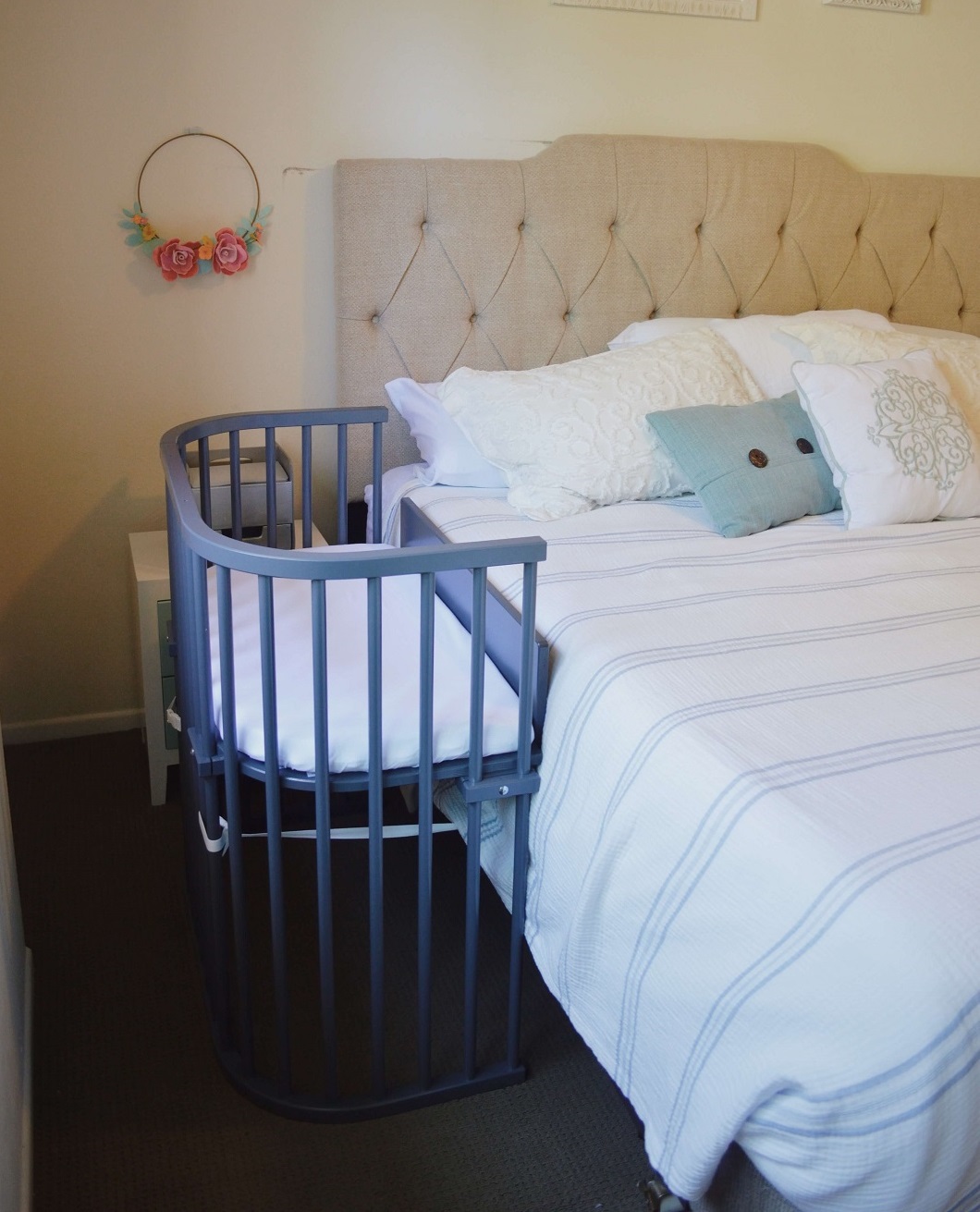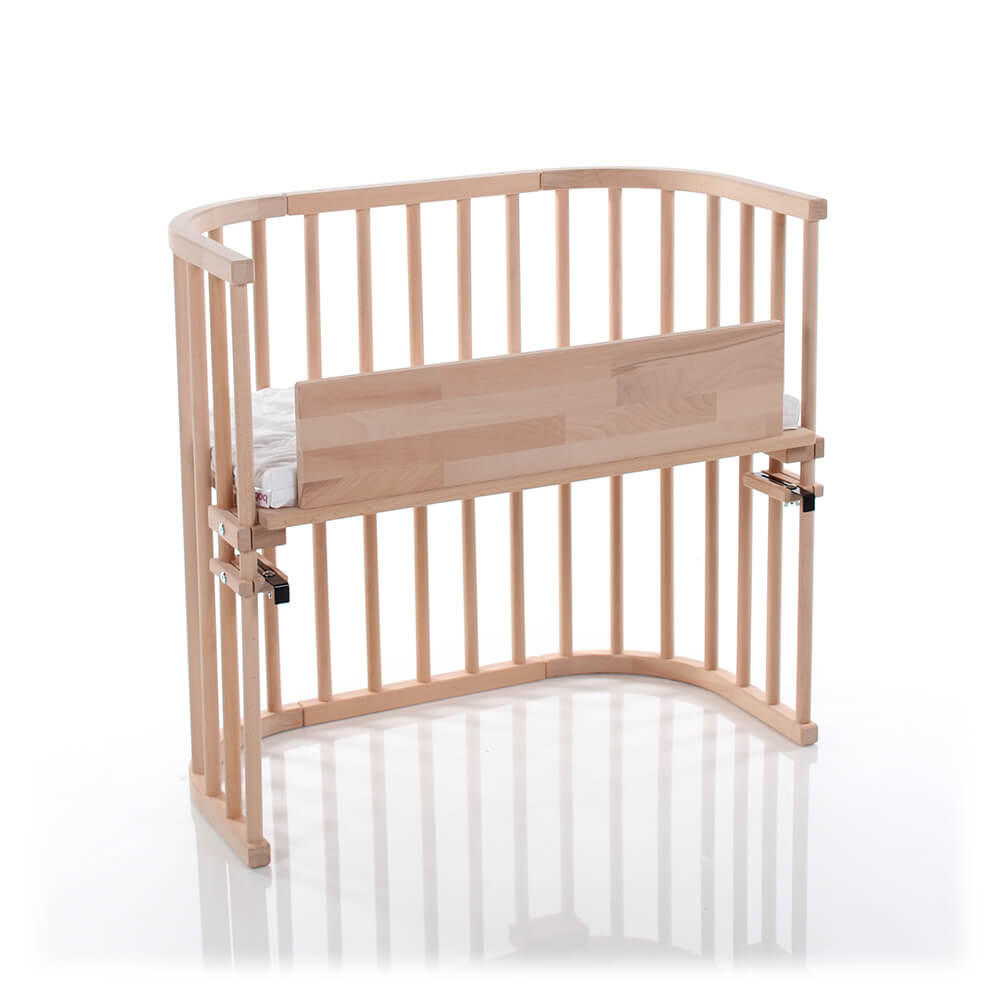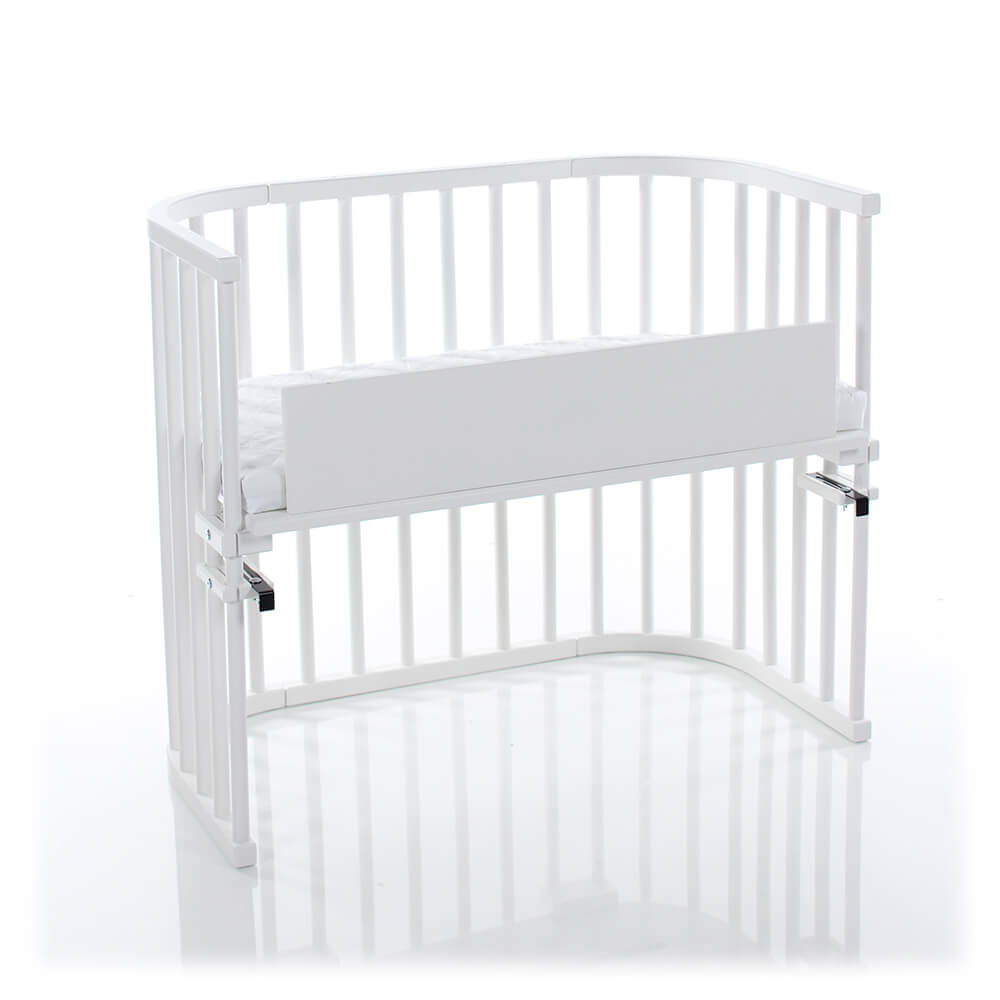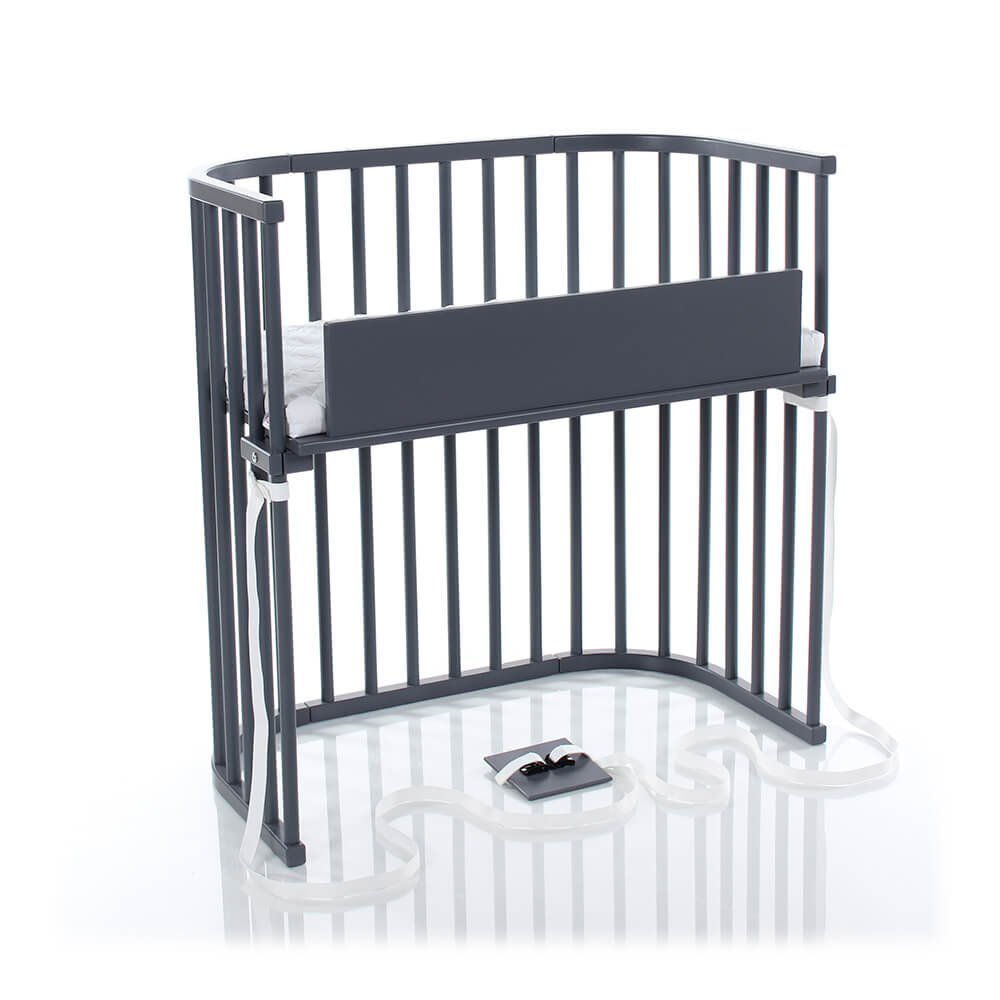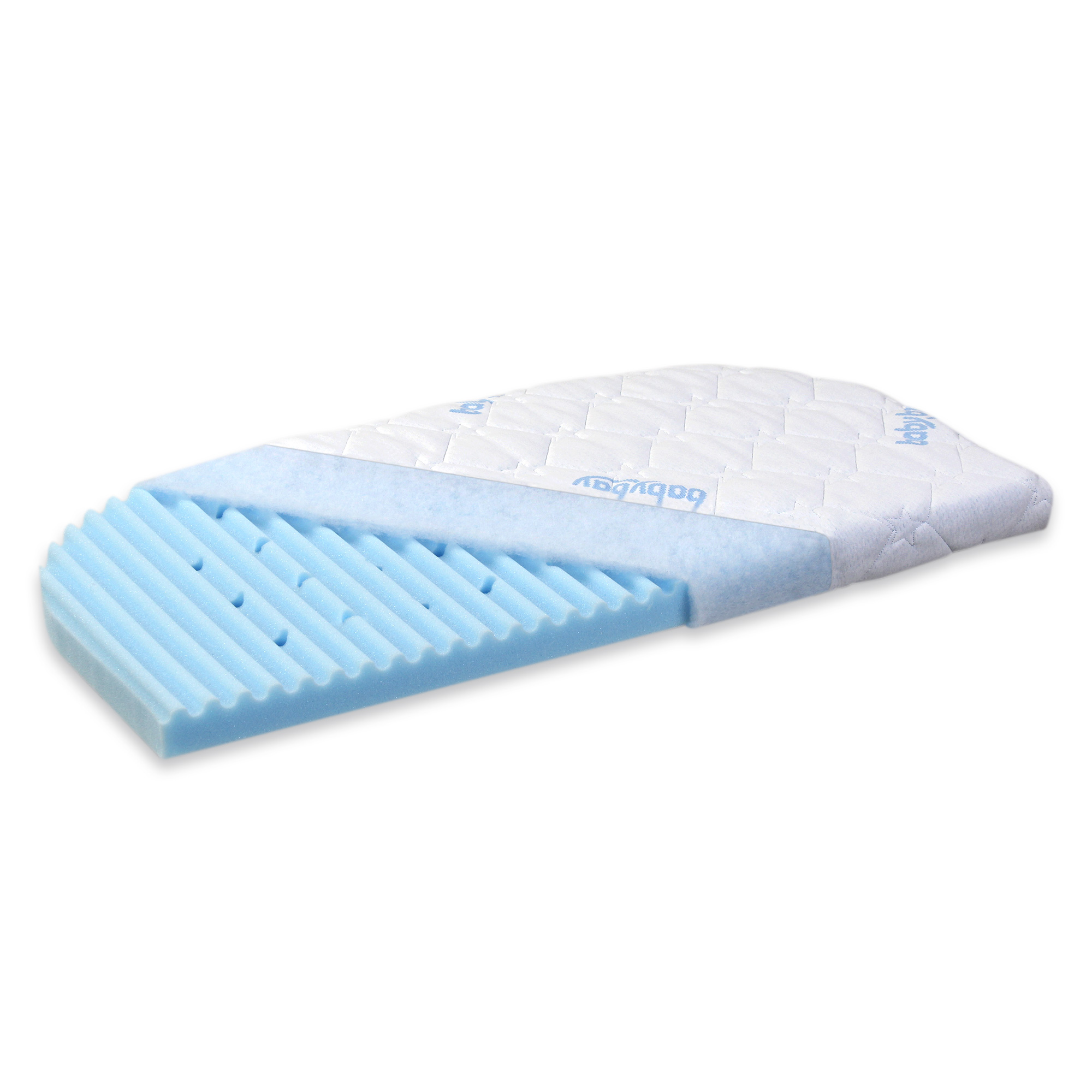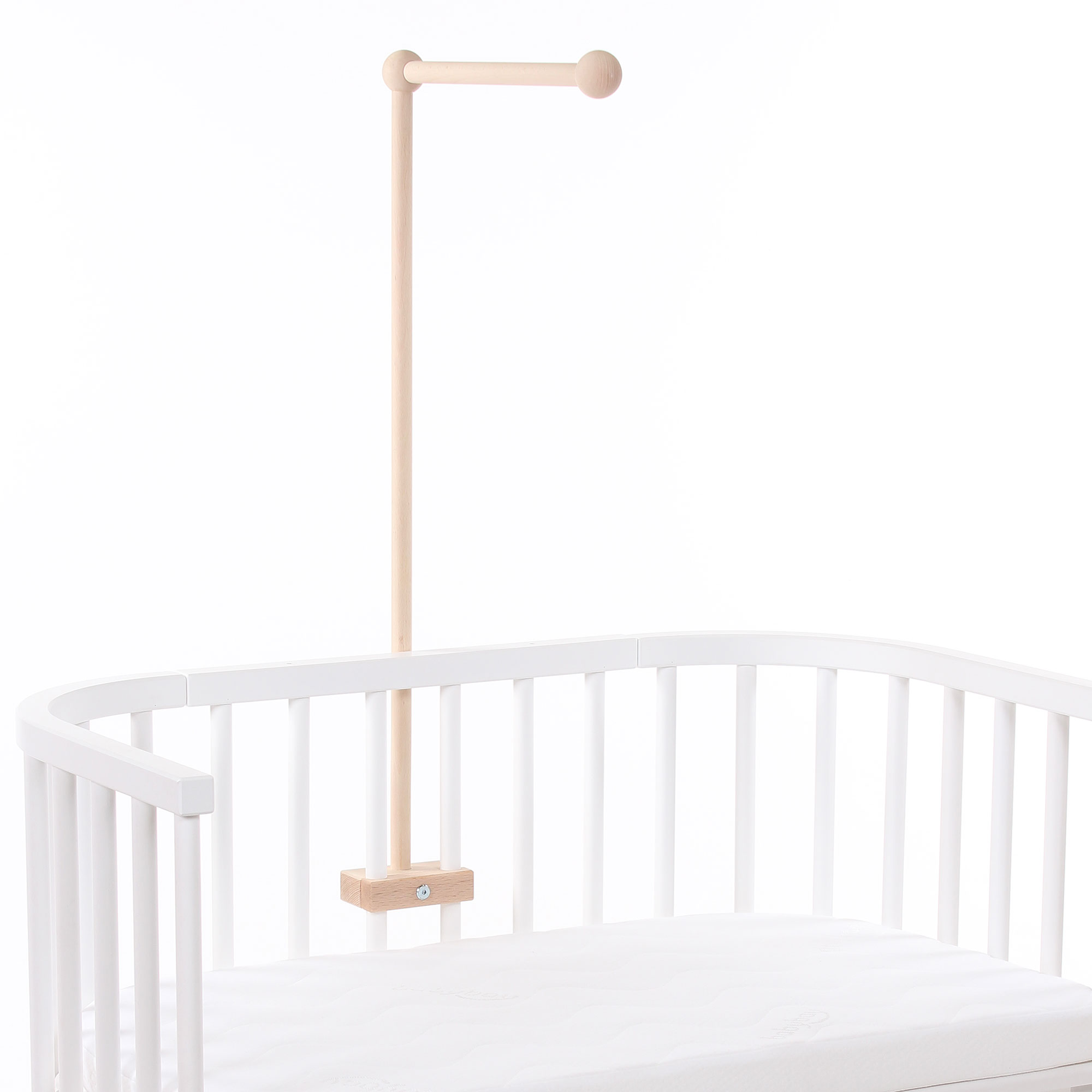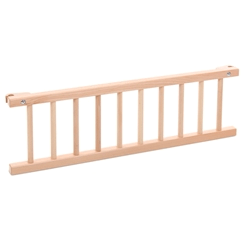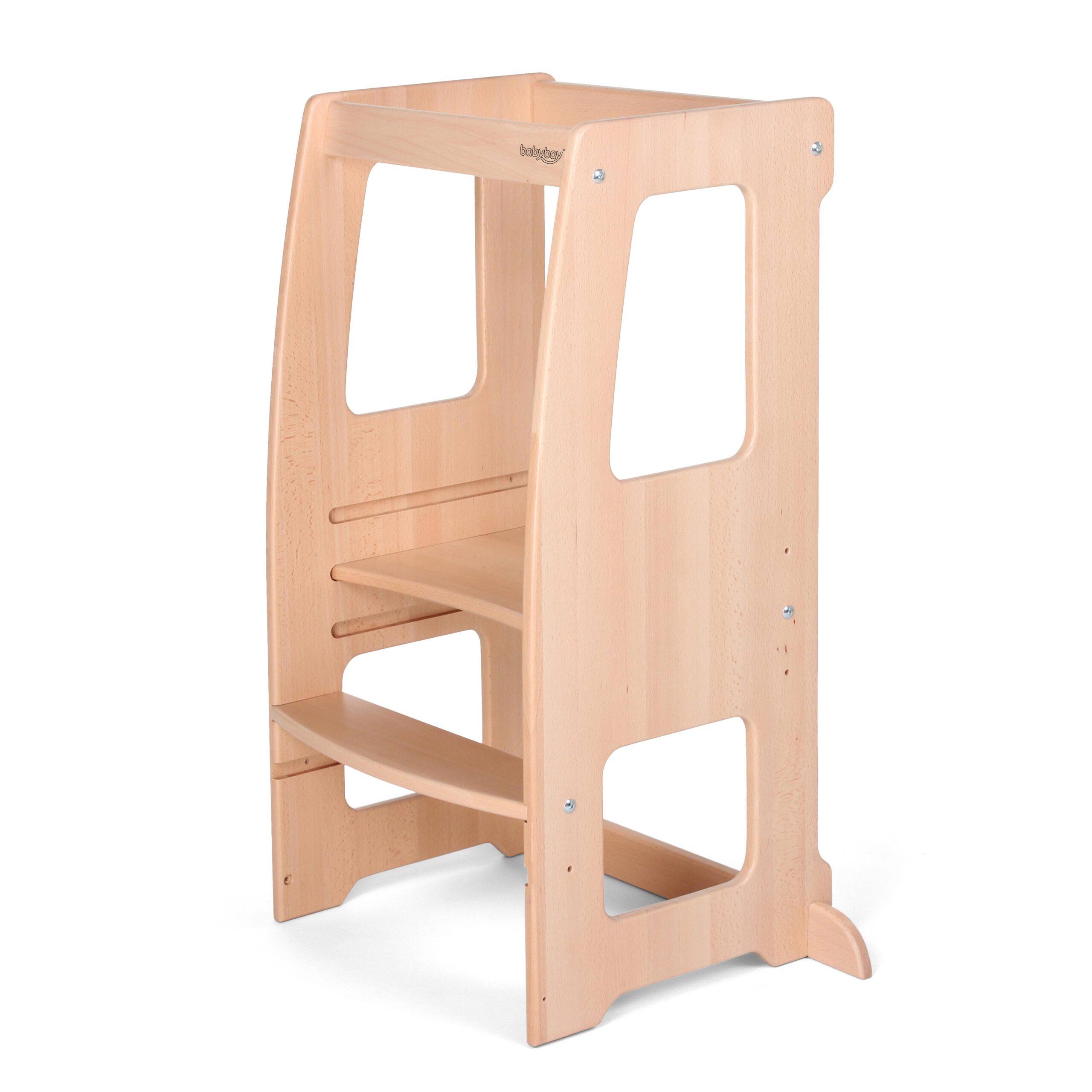Accessories
Baby Shower
Baby Sleep Safety
babybay
Bedside Bassinet
Bedside Crib
Benefits of Cosleeping
Breastfeeding
Co Sleeping
Co-Sleeping
Co-Sleeping with Twins
How to Co Sleep
Nursery Design
Portable Baby Bed
Pregnancy Tips
Safe Co Sleeping
Sleep
Sleep After C-Section
Sleep Safety
Stop Co-Sleeping
Types of Crib and Crib Alternatives

